Wooyoung Telecom HL711S LCD MONITOR User Manual USERS MANUAL
Wooyoung Telecom Co., Ltd. LCD MONITOR USERS MANUAL
USERS MANUAL
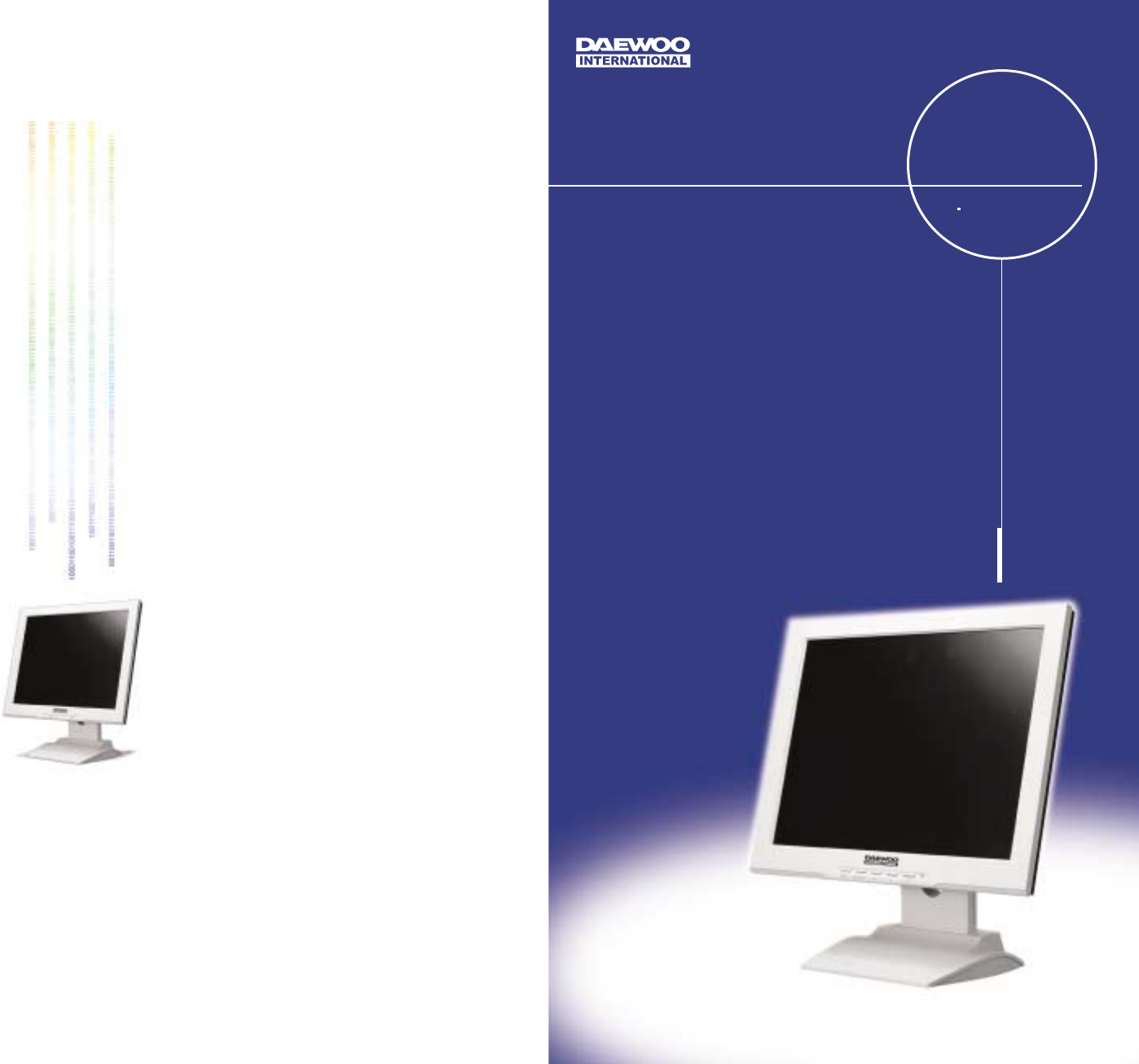
P/N : 97E9500149
User’s Reference
HHLLSS
HHLLSS
HHLLSS
HHiigghh RReessoolluuttiioonn
TTFFTT LLCCDD MMoonniittoorr
DAEWOO INTERNATIONAL Corp.
DAEWOO INTERNATIONAL Corp.
http://www.daewoo.com
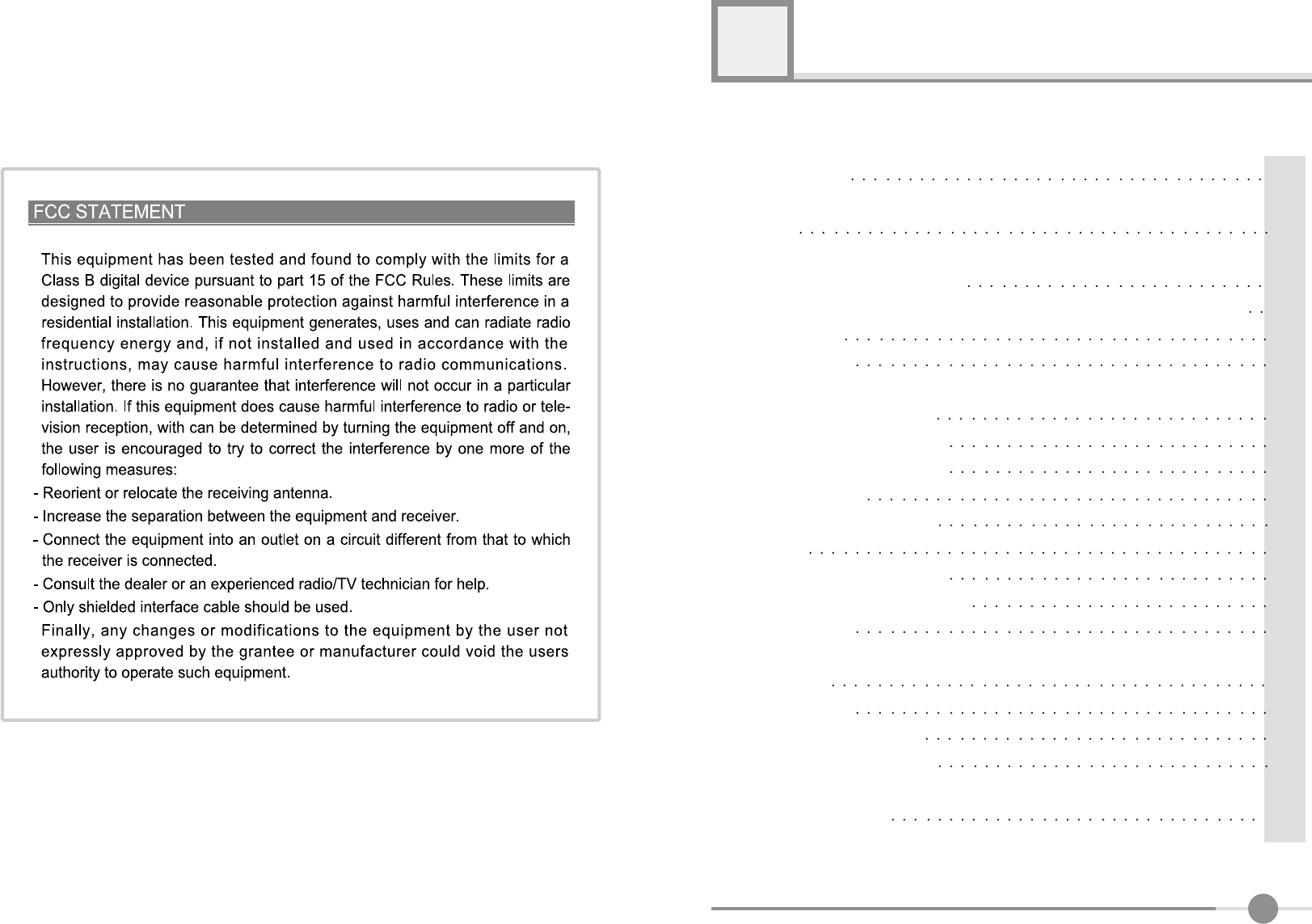
1
Contents
1. Precautions 2
2. Items 4
3. Setting up the LCD monitor 5
How to connect the power cord and the several cables to the LCD monitor. 5
Plug & Play 5
Warm-up Time 5
4. Adjusting The Monitor 6
The Function Control Buttons 6
How to use the Function Key. 6
Main OSD Menu 6
BRIGHTNESS/CONTRAST 7
COLOR 7
POSITION &CLOCK/PHASE 7
OSD FUNCTION ADJUSTMENT 7
SETUP MENU 7
5. Appendix 8
Display Modes 8
15-pin D-Sub Connector 9
DPMS Power Saving Mode 9
6. Troubleshooting 10

32
Precautions
1
AC outlet
Power cord
Warning :
The following information will help you avoid the risk of electric shock, serious injury, and death.
Plug the power cord into a
properly grounded outlet.
There is the risk of electric
shock.
Do not unplug from the outlet
by pulling the power cord or
when your hands are wet.
There is the risk of electric
shock and fire.
Do not allow any object or liq-
uid to enter inside the monitor.
There is the risk of electric
shock, fire, or damage to the
monitor.
Do not bend the power cord
excessively or place heavy objects
on it. Keep children and pets away
from the power cord as they may
damage the power cord. There is
the risk of electric shock and fire.
Do not use a damaged power
cord or plug. Make sure the
plug fits snugly into the outlet.
There is the risk of electric
shock or fire.
Do not expose the monitor to
the direct sun light.
Keep the monitor away from high
temperature, humidity, and dust.
Operating environment
=0~25degrees Celsius
Operating environment
=30~80relative humidity.
Do not block the fan louvers.
There is the risk of fire or dam-
age to the monitor.
220V
Use a proper voltage/current
level indicated
Do not clean the LCD with
abrasive chemicals.
There is the risk of damage to
the LCD.
Do not scratch and damage
the LCD with sharp objects.
Keep the monitor away from
objects and electrical appli-
ances that may generate elec-
tromagnetic fields.
Place the monitor on a flat, sta-
ble surface. The monitor may
fall and there is the risk of
damage or injury
Unplug the power cord when
the monitor is not in use for a
prolonged period of time.
If you hear a noise or smell
smoke from the computer or
adaptor, unplug the power cord
immediately, and call the service
center. There is the risk of elec-
tric shock or fire.
Do not overload an electrical
outlet with too many devices.
There is the risk of fire.
Do not attempt to disassemble,
fix, or modify the monitor.
There is the risk of electric
shock or fire.
Caution :
The following information will help you avoid the risk of minor or moderate injury, or damage to the monitor.
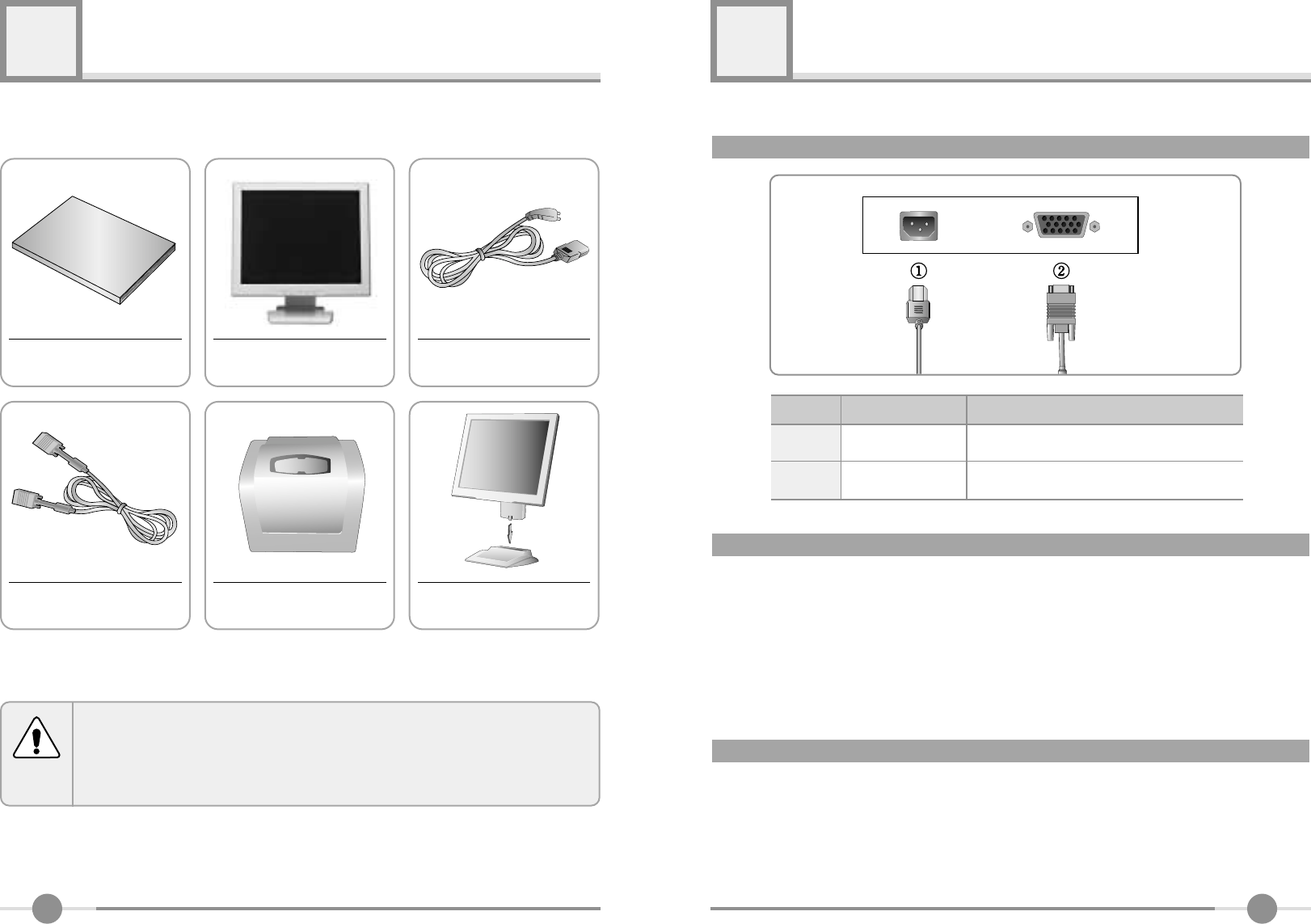
54
Items
2
Please make sure the following items are included with your monitor.
If any items are missing, contact your dealer.
Notice
User Manual
15-pin D-Sub Signal
Cable Stand ※
Push the hook until
hanging
LCD Monitor Power cord
Setting up the LCD monitor
3
How to connect the power cord and the several cables to the LCD monitor.
1
2
Power Power Cord
15-pin D-Sub Signal Cable
PC
No. Cable connectionsName
All LCD monitors need time to become thermally stable whenever you turn on the
monitor after letting the monitor be turned off for a couple of hours. Therefore, to
achieve more accurate adjustments for parameters, allow the LCD monitor to be
warmed up for at least 30 minutes before making any screen adjustments.
Warm-up Time
The adoption of the new VESA Plug and Play solution eliminates complicated and
time consuming setup. It allows you to install your monitor in a Plug and Play compati-
ble system without the usual hassles and confusion. Your PC system can easily identi-
fy and configure itself for use with your display. This monitor automatically tells the PC
system its Extended Display Identification Data (EDID) using Display Data Channel
(DDC) protocols so the PC system can automatically configure itself to use the flat
panel display.
Plug & Play
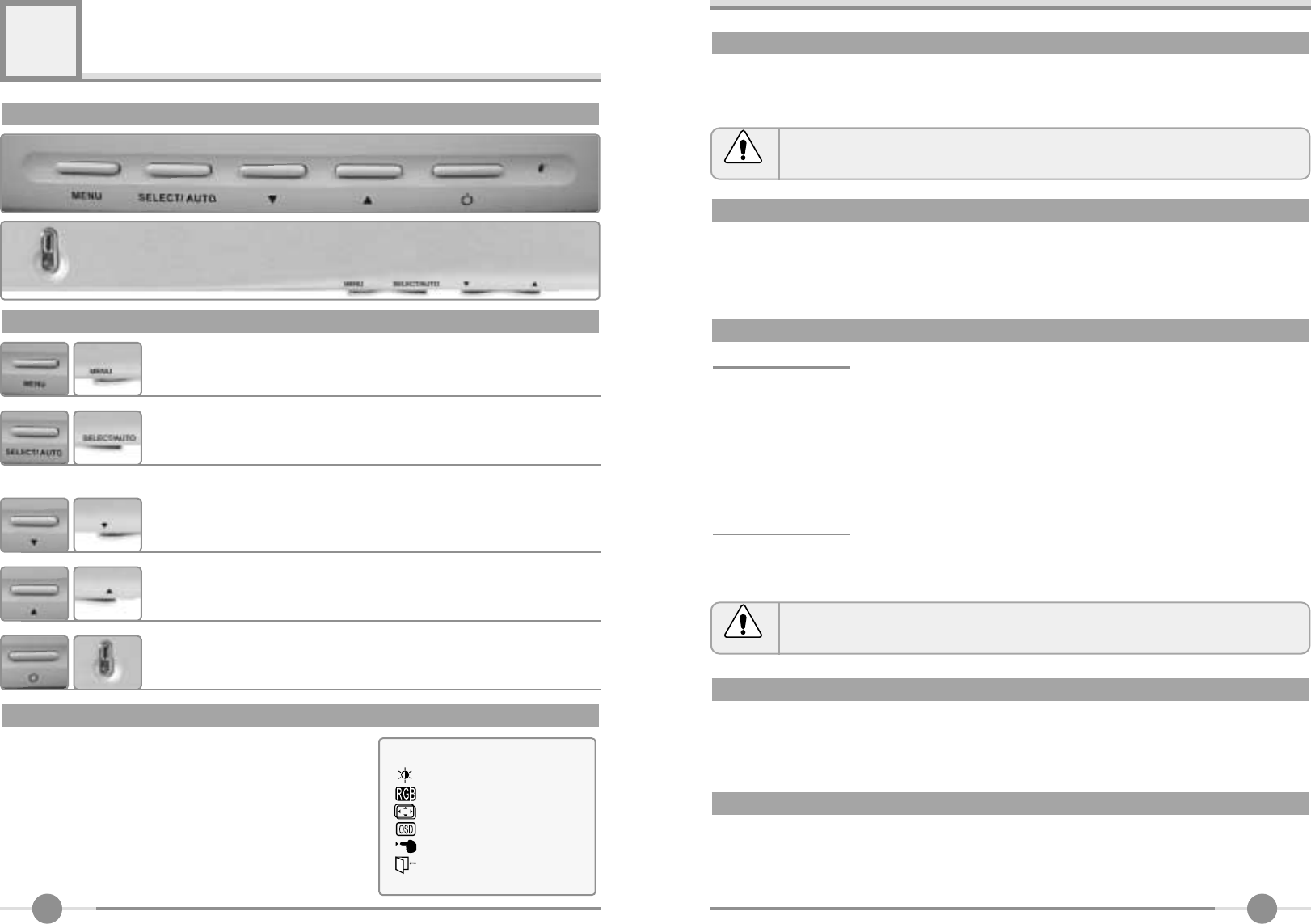
7
●Brightness : Changes the overall light intensity of the images being displayed.
●Contrast :
Changes the ratio of light intensity between the brightest white and darkest black.
●Gamma : Change the gamma value.
BRIGHTNESS/CONTRAST
Adjusting Gamma Value is useful in case of game or movie screen.
Notice
If image is not clear (noise), you can adjust Clock/Phase.
Notice
COLOR
●The tone of color can be changed form bluish white to reddish white.
●Color1 - Blue type
●Color2 - Red type
●RED, GREEN, BLUE - You can adjust red, green and blue values that you want.
CLOCK/PHASE
●When image is not clear, you can use clock/phase menu.
●CLOCK/PHASE : Although ‘Auto Adjustment’ automatically finds the optimum values of
Clock and Phase parameters as well as image position, it may be necessary for you to adjust
those parameters manually. It is recommended for you to use ‘Auto Adjustment’ first. If the
adjustment results are not satisfactory, then use Clock and Phase adjustment features to get
the best adjustment results. Bear in mind that Clock and Phase adjustment may change the
width of the image and affect image position as well. If the image is clear while out of center
by a couple of pixels, use image position to center the image.
POSITION & CLOCK/PHASE
POSITION
●Changes the location of the image.
●H-Position : Moves to the Left/Right
●V-Position : Moves to the Bottom/Top
OSD FUNCTION ADJUSTMENT
●Sets the OSD menu display position.
●OSD Position : Moves the OSD menu to the horizontal or vertical direction.
●OSD TIME : Shows the OSD TIME displays from 5 to 60sec.
●LANGUAGE : Select language in OSD menu.
SETUP MENU
●White balance : Automatic djust color (white level) for various input source’s white level.
●Information : display monitor’s information.
●Recall : Discards current setting and replaced all paramotors with the factory default values.
6
Adjusting The Monitor
4
The Function Control Buttons
How to use the Function Key.
1. First click : The OSD main menu appears.
2. Second click : The OSD menu disappears.
1. Select a command function.
2. When you push Auto button, this will optimize image quality
automatically.
Down : 1. Automatic adjust color(white level) for various input
source’s white level
2.
Move the on-screen highlighted command item to the next one.
3. Decrease the current option value.
UP : 1. Move the on-screen highlighted command item to the
Previous one.
2. Increase the current option value.
Power On/Off toggle button.
When you push the menu button, you can see
below main OSD menu.
Main OSD Menu
MAIN MENU
BRIGHT CONTRAST
COLOR
POSITION
OSD FUNCTION
SETUP
EXIT
1280×1024 63.9KHz / 60.0Hz
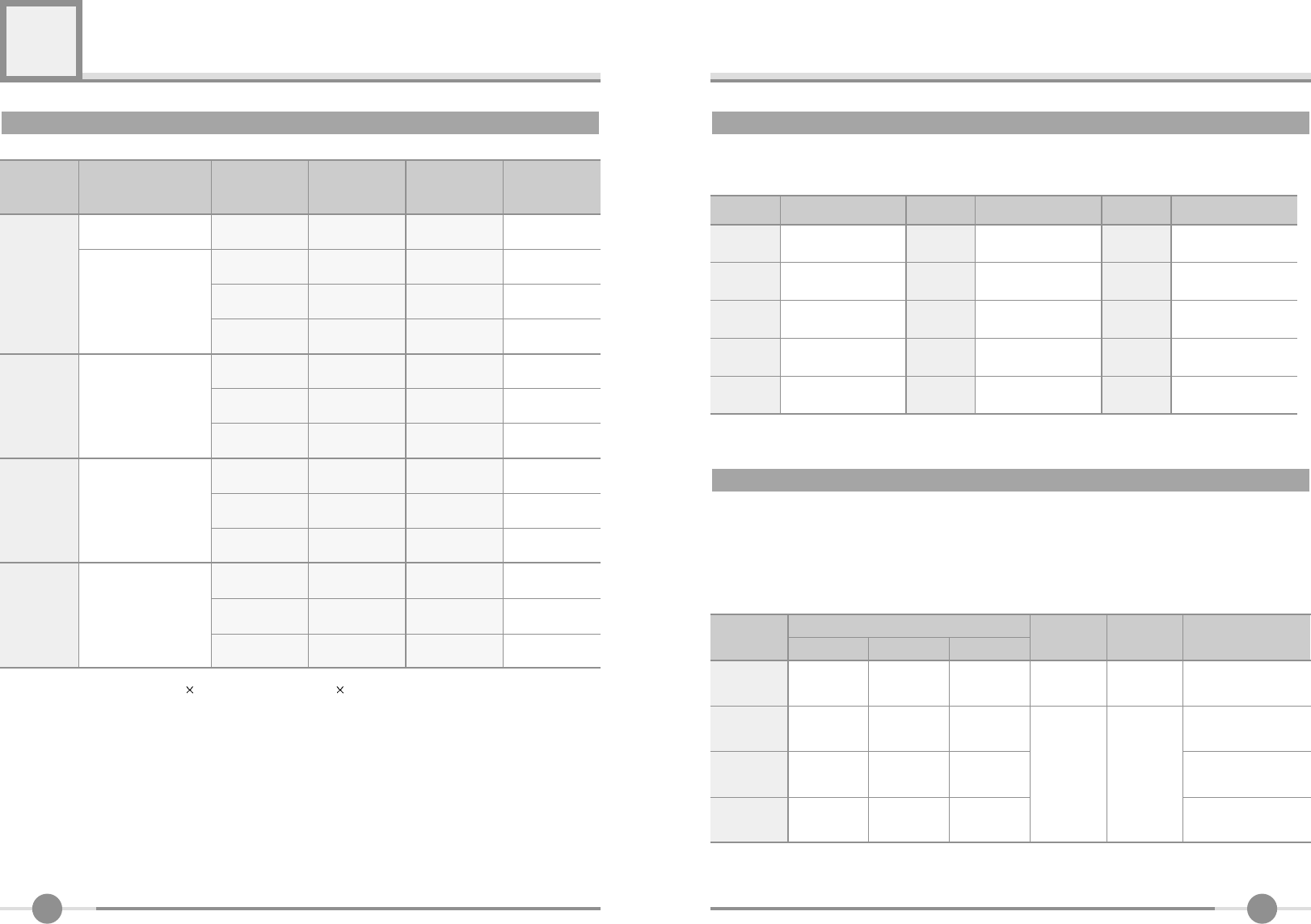
98
Appendix
5
Display Modes
※The optimal resolution is 1024 768@60(HL510S) / 1280 1024@60(HL710S/HL711S).
Mode
VGA
SVGA
XGA
640 X 480
720 X 400
800 X 600
1024 X 768
Resolution
31.468
Horizontal
Frequency(KHz)
Vertical
Frequency(Hz)
Pixel Clock
Frequency(MHz)
Sync
Polarity(H/V)
31.468
35.000
37.500
37.879
48.077
46.875
48.363
56.476
60.023
70.087
59.940
66.670
75.000
60.300
72.188
75.000
60.004
70.000
75.029
28.322
25.175
30.240
31.500
40.000
50.000
49.500
65.000
75.000
78.750
-/+
-/-
-/-
-/-
+/+
+/+
+/+
-/-
-/-
+/+
SXGA 1280 X 1024
63.981
79.976
60.020
75.025
108.000
135.000
+,-/+,-
+/+
15-pin D-Sub Connector
●Input signal : Analog RGB
●15-pin D-Sub connector
Pin No.
1
3
4
2
Analog Red Input
Analog Green Input
Analog Blue Input
Ground
5
Pin No.
6
8
9
7
10
DDC Ground
Signal Name
Analog Red Ground
Analog Green Ground
Analog Blue Ground
No Connect
Sync Ground
Signal Name Pin No.
11
13
14
12
15
Ground
DDC Data
Horizontal Sync
Vertical Sync
DDC Clock
Signal Name
This monitor has a built-in power management system called DPMS Power Saving
Mode. This system saves energy by switching your monitor into a low-power mode
when it has not been used for a certain period of time. The available modes are “ON”,
“Standby”, “Suspend”, and “OFF”.
DPMS Power Saving Mode
ON
State
Stanby
mode
Suspend
mode
OFF
Active
H-sync
Inactive
Active
Inactive
Active
V-sync
Active
Inactive
Inactive
Active
RGB
Signal
Blanked
Blanked
Blanked
Power
Consumption
Under
40Watt
Less
than
1Watt
-
Recovery
Time
Green
Amber
Amber
Amber
LED Color and
Operting status
Within
2Sec
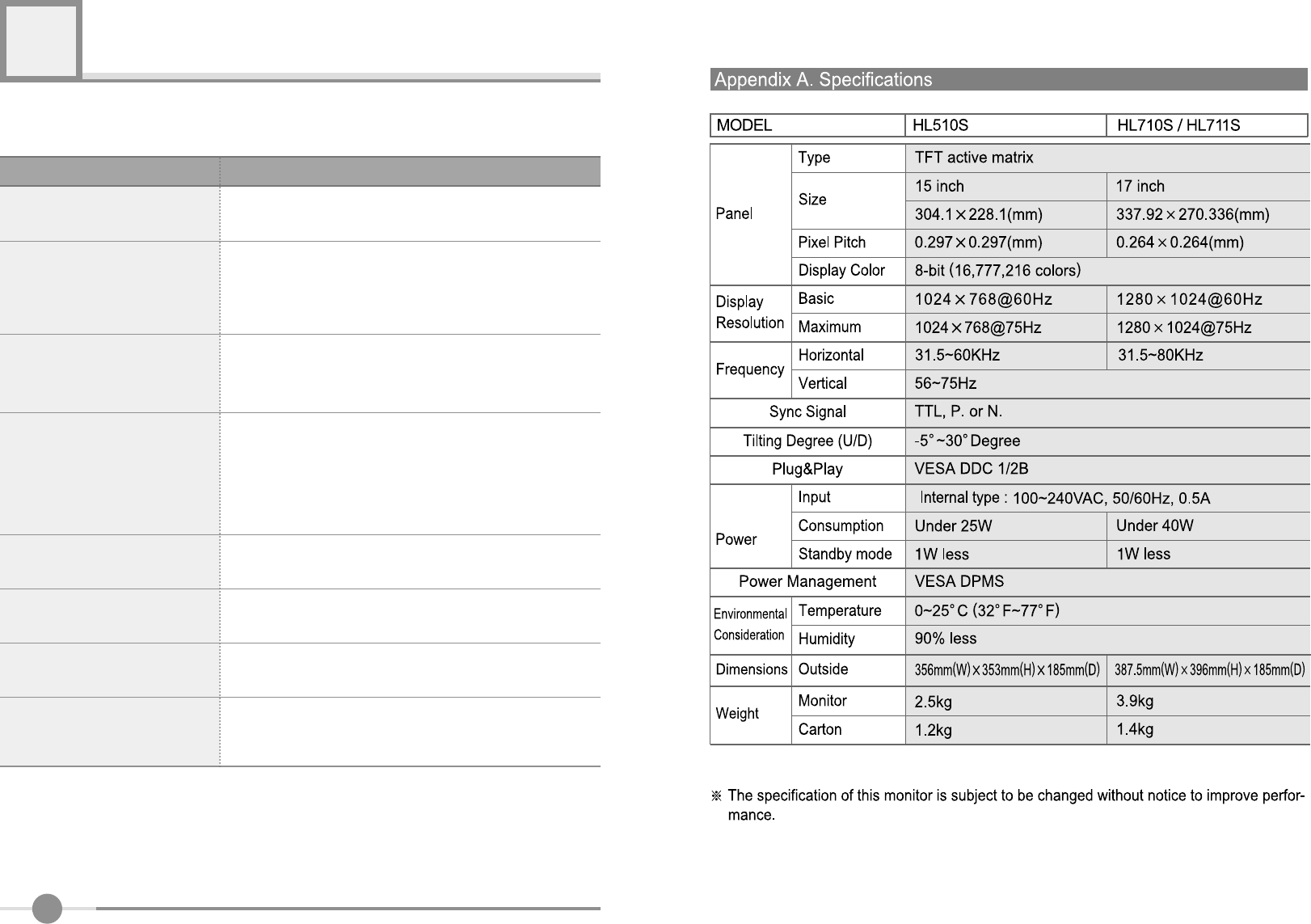
10
Troubleshooting
What you see
Ensure that the power cord is firmly connected and the LCD
monitor is on.
“out of range” message
“No signal input” message
Screen is blank and power indictor
is off
�Check the maximum resolution and the frequency of the
video adaptor.
�Compare these values with the data in the Display Modes
Timing Chart.
�Ensure that the signal cable is firmly connected to the PC
or video sources.
�Ensure that the PC or video sources are turned on.
The image is too light or too dark �Adjust the Brightness and Contrast.
�Refer to the Brightness/Contrast
The image color is not good �Adjust the Color
�Refer to the Color
Image is not centered on the
screen �Executes Auto Configuration.
Screen is blank and power indicator
light is steady amber or blinks
every 0.5 or 1 seconds
�The monitor is using its power management system.
�Move the computer’s mouse or press a key on the key-
board.
Image is not stable and may
appear to vibrate
�Check that the display resolution and frequency from your
PC or video board is an available mode for your monitor.
On your computer check : Control Panel, Display, Settings
�Note : Your monitor supports multiscan display functions
within the following frequency domain:
Suggested Actions
6

FCC NOTICE
THIS DEVICE COMPLIES WITH PART 15 OF THE FCC FULES.
OPERATION IS SUBJECT TO THE FOLLOWING TWO CONDITION:
(1) THIS DEVICE MAY NOT CAUSE HARMFUL INTERFERENCE, AND
(2) THIS DEVICE MUST ACCEPT ANY INTERFERENCE RECEIVED,
INCLUDING INTERFERENCE THAT MAY CAUSE UNDERSIRED
OPERATION.
This equipment has been tested and found to comply with the limits for a Class B digital device, pursuant to part 15 of the FCC Rules.
These limits are designed to provide reasonable protection against harmful interference in a residential installation. This equipment generates, uses
and can radiate radio frequency energy and, if not installed and used in accordance with the instructions, may cause harmful interference to radio
communication. However, there is no guarantee that interference will not occur in a particular installation. If this equipment does cause harmful
interference to radio or television reception, which can be determined by turning the equipment off and on, the user is encouraged to try to correct
the interference by one or more of the following measures :
- Reorient or relocate the receiving antenna.
- Increase the separation between the equipment and receiver.
- Connect the equipment into an outlet on a circuit difference from that to which
the receiver is connected.
- Consult the dealer of an experienced radio/TV technician for help.
NOTE : The manufacturer is not responsible for any radio or TV interference caused by unauthorized modifications to this equipment.
Such modifications could void the user’s authority to operate the equipment.